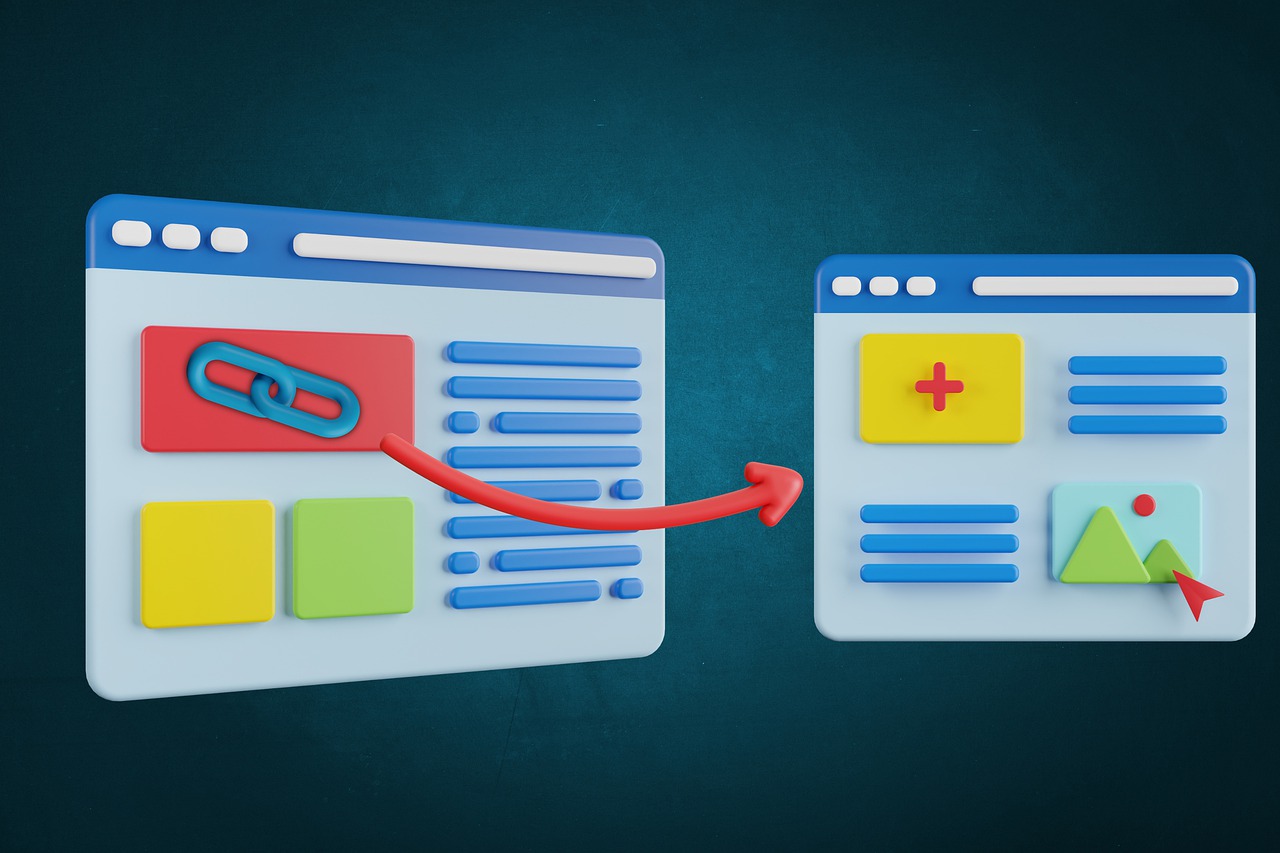Estimated reading time: 4 minutes
In the digital age, data is everywhere. It is collected from sensors, web traffic, social media, and a vast array of other sources. This data, however, is often raw and unrefined. It needs to be processed to transform it into a usable format that can be analyzed and used to gain insights.
Data processing is the task of cleaning, transforming, and organizing raw data into a format that can be used for further analysis. The process of data processing can be broken down into several steps:
Data Collection: The first step in data processing is to collect the data from its source. This may involve using sensors, scraping data from websites, or collecting data from surveys or experiments.
Data Cleaning: Raw data is often dirty and incomplete. It may contain errors, inconsistencies, and missing values. Data cleaning is the process of identifying and correcting these errors. This may involve removing duplicate entries, correcting formatting errors, and filling in missing values.
Data Transformation: Once the data is clean, it needs to be transformed into a format that can be used for analysis. This may involve creating new variables, combining multiple datasets, and aggregating data.
Data Integration: Data is often collected from multiple sources. Data integration is the process of combining data from different sources into a single dataset. This may involve resolving inconsistencies between the datasets and mapping data from different sources to a common schema.
Data Validation: After the data has been processed, it is important to validate the data to ensure that it is accurate and complete. This may involve checking for outliers, identifying errors, and verifying that the data is consistent with expectations.
Here are some of the common techniques used in data processing:
Sorting: Sorting data arranges data points in a specific order, such as numerical or alphabetical order. This can be useful for tasks such as filtering data or identifying trends.
Filtering: Filtering data involves selecting a subset of data that meets certain criteria. For example, you might filter a dataset of customer sales to only include sales from a particular region or product category.
Aggregation: Aggregation involves combining multiple data points into a single summary value. For example, you might aggregate a dataset of customer sales to calculate the total sales for each month.
Merging: Merging combines data from two or more datasets into a single dataset. This can be useful for tasks such as combining customer data with sales data.
Reshaping: Reshaping data involves changing the structure of a dataset. For example, you might reshape a dataset to convert it from wide format to long format or vice versa.
Data processing is an essential step in any data analysis project. By following these steps and using the techniques described above, you can transform raw data into a usable format that can be used to gain insights and make informed decisions.
Here are some additional considerations for data processing:
Data quality: Data quality is the accuracy, completeness, and consistency of data. It is important to ensure that your data is of high quality before you begin analysis.
Data governance: Data governance is the process of managing data throughout its lifecycle. This includes defining data standards, establishing data security measures, and ensuring that data is used responsibly.
Data documentation: Data documentation is the process of creating and maintaining documentation that describes the data, including its format, content, and meaning. Good data documentation is essential for ensuring that the data can be understood and used by others.
By following these best practices, you can ensure that your data processing is efficient and effective.
In conclusion, data processing is a critical step in the data analysis process. By following the steps and techniques outlined above, you can transform raw data into a usable format that can be used to gain insights and make informed decisions.
For the latest tech news and reviews, follow Rohit Auddy on Twitter, Facebook, and Google News.




